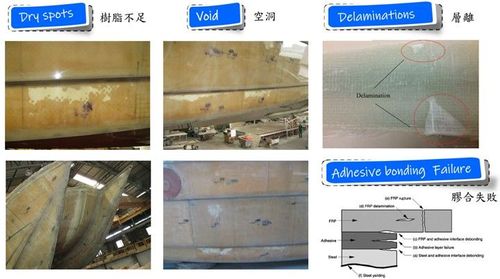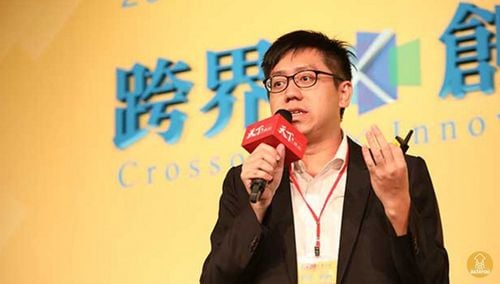【2020 Application Example】 The "Automated Exhibition Matching System" is highly effective in targeting customer groups for marketing!
Of the hundreds of activities, which one is your favorite?
There is a wide variety of activities every day in Taiwan, including forums, exhibitions, lectures, and free experiences. Event organizers need to use their own media (event official website, Facebook, Instagram), event websites, and pay media for marketing, but often do not know where the target customer is, and cannot accurately estimate the number of attendees.
Records of people's participation in various activities are used through this "Automated Exhibition Matching System," and the data is analyzed to predict what type of activities users like. It automatically matches activities with users to provide fast, easy, and accurate marketing and promotion methods.
There are many types of activity themes, marketing and advertising costs are high, but results are poor
A domestic curation company is working with township offices and tourism service providers in the marketing of rural villages. It organizes a variety of activities every year, such as agricultural product exhibitions, rural experiences, parent-child themed experience days, and agricultural specialty product marketing. Due to the vastly different characteristics of participants in the activities, which have different themes, effective and accurate market cannot be carried out when promoting the activities, which can easily lead to a significant increase in marketing expenses and low matching rate.
For example, when the curator organizes an exhibition with 200 booths in the venue, the overall marketing cost is about NT$800,000 to NT$1.2 million, in which construction of the official website, marketing on the event website, and text message notifications account for about NT$400,000 to NT$600,000, but the event's matching rate is less than 20%, and precision marketing aimed at the target customer group cannot be carried out.
After adopting the "Automated Exhibition Matching System," it can automatically select suitable customer groups for push notifications. Depending on the scale of the event and the exhibition period, the system rental fee is only about NT$200,000 to NT$300,000, significantly reducing event promotion costs!
Precision smart marketing, distributing coupons to target groups
The "Automated Exhibition Matching System" currently has an accuracy of 82% and can effectively screen target consumers. In terms of module accuracy, large amounts of data and data that no longer contains noise will be used to further improve the accuracy in the future. Coupons will be distributed to target groups, so that groups that receive the coupons will actually participate in the event.
After adding value through AI, the system can replace the manual random distribution of coupons without a specific target. The AI module can automatically adjust the weights to more accurately lock on to the target group. The weighted formula uses the CRM system of the curation company to output analysis of member behavior in the past. In the second stage, the AI weighted formula will be used to find the best calculation formula for different activity categories through automatic correction.

▲Service Framework of the Automated Exhibition Matching System
During the implementation period, Fengchun Technology was troubled by the problem of "the AI classifier module training and learning not finding the best solution." After discussions with AI engineers, the company found that a shortcoming of "back-propagation neural network" is that it only finds the "local" best solution rather than the "global" best result during learning. The goal of improving accuracy can be achieved by increasing the number of training times and adjusting parameters.
Expand system functions, connect member databases, and conduct behavioral analysis
The "Exhibition Event Matching System" mainly provides event organizers, independent curators and the public with event matching. Next, the platform functions will be expanded for use by event participants, and the accuracy of the AI classifier will be improved. In the future, an ocean culture exhibition will be organized with the ocean industry, and use this system to find ocean culture promoters, connecting and expanding member databases for behavioral analysis.


